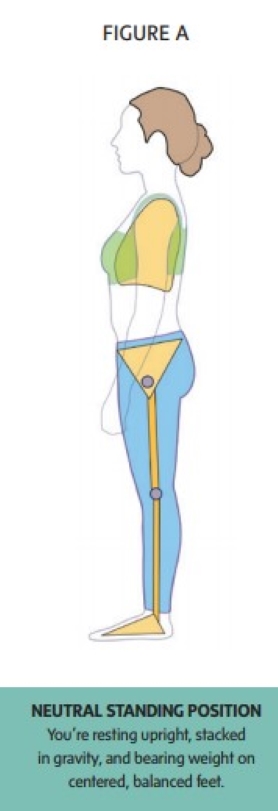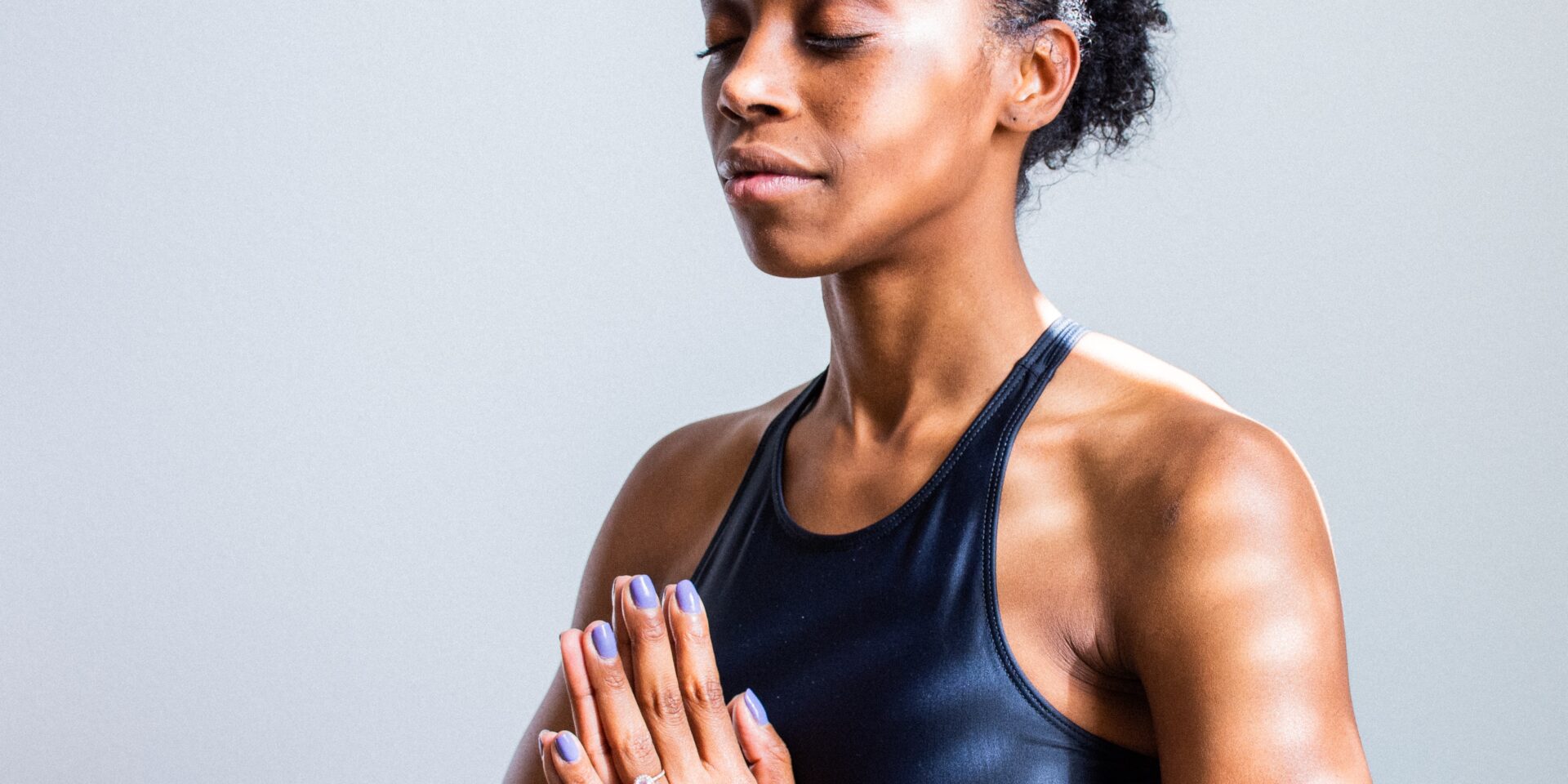
One key to fully stepping into your own true testing neutral, or at-the-ready neutral—rather than something in-between—is learning how to access the balls of your feet.
Written By Tom Meyers
In Tadasana, allow your toes to rest lightly on the floor, like a piano player’s fingers rest on the keys before playing. When you’re standing upright, your toes may exhibit a slight prehensility, gripping the earth lightly but without grasping.
If your toes habitually lift off the floor in standing poses, this is an indication of malfunction in your feet or lower legs; some tension is pulling up the toes. See if you can let your toes go, or try some ball work on the muscles in your calves, which can help those poor, overworked toes to relax. Keep in mind, however, that when you’re standing with your toes on the ground, they shouldn’t exhibit a white-knuckle grip. Test this: Can you lift all ten toes and one foot without feeling your weight shift backward? If not, your pelvis is likely forward of true neutral, so bring it back until your toes relax and you feel more weight in your heels.
Your weight should be distributed between your heels, the balls of your big toes, and the balls of your little toes—a tri-point contact, three-legged stool, or a tetrahedron (if you’re into geometry)– with an arch in between each of these three points. Once you find balance in your feet, come into Adho Mukha Svanasana (Downward-Facing Dog Pose), and notice how the position of your foot is closer to the at-the-ready neutral position.
My hope is that this practice helps you understand this: If you’re standing, really stand. Stay back where your toes are free and your hips are directly over your ankles. If you need to be ready for action, bend your knees and hips, lean into your toes, and embrace being fully prepared to move. Just don’t get caught in no-man’s land, which usually amounts to pretending to be calm while feeling underlying anxiety. After months and years, this creates a pattern of strain that tugs on your muscles and ligaments, leading to pain.
This is why Tadasana is such a deep and worthwhile pose to practice (and practice, and then practice some more). If you can find true neutral in this pose—and you can carry this knowledge off the mat and into how you move and stand throughout your daily life—it will have long-term benefits for your physical and psychological well-being.

Writer Tom Myers is the author of Anatomy Trains and the co-author of Fascial Release for Structural Balance. He has also produced more than 35 DVDs and numerous webinars on visual assessment, Fascial Release Technique, and the applications of fascial research. Myers, an integrative manual therapist with 40 years of experience, is a member of the International Association of Structural Integrators and the Health Advisory Board for Equinox.
Learn more at anatomytrains.com
This article was first published in the print edition of Yoga Journal Singapore, which is now Yogahood online.







